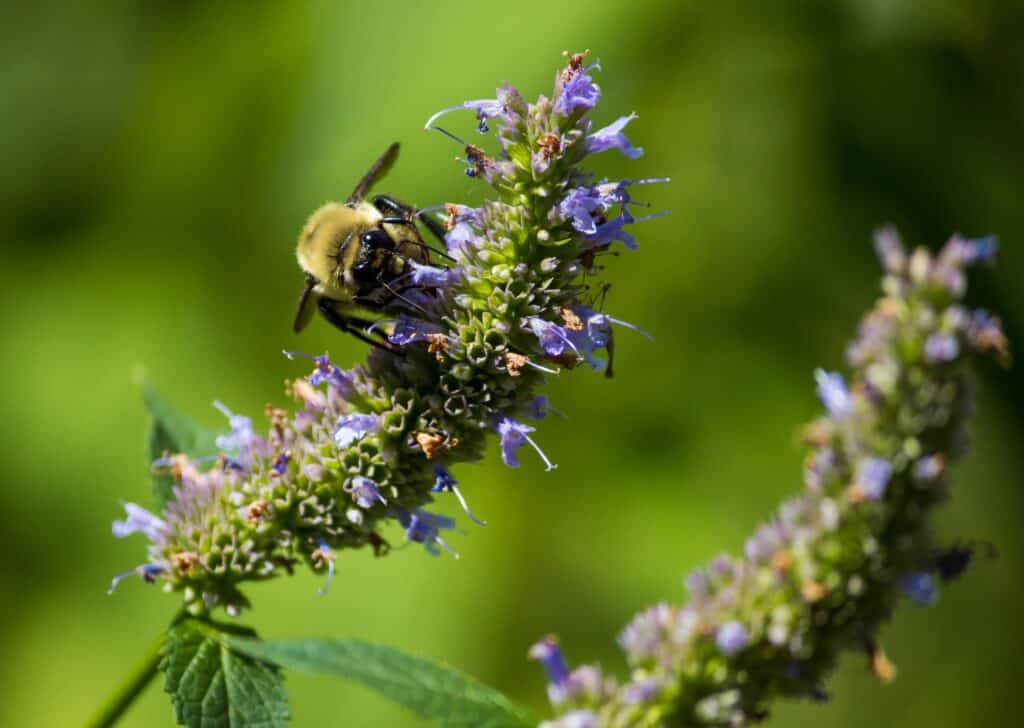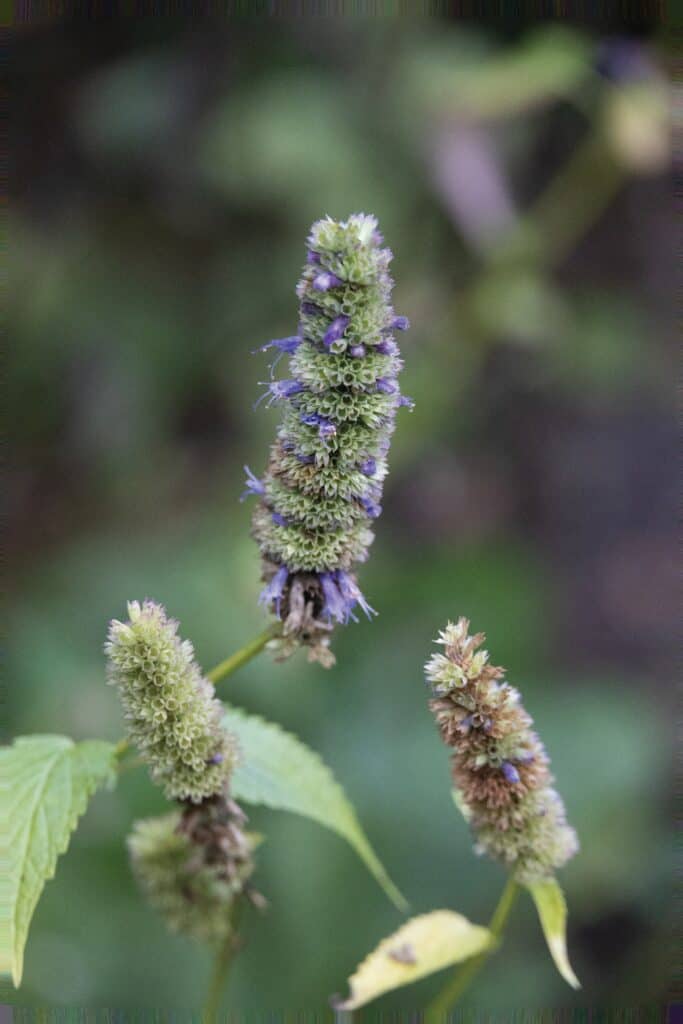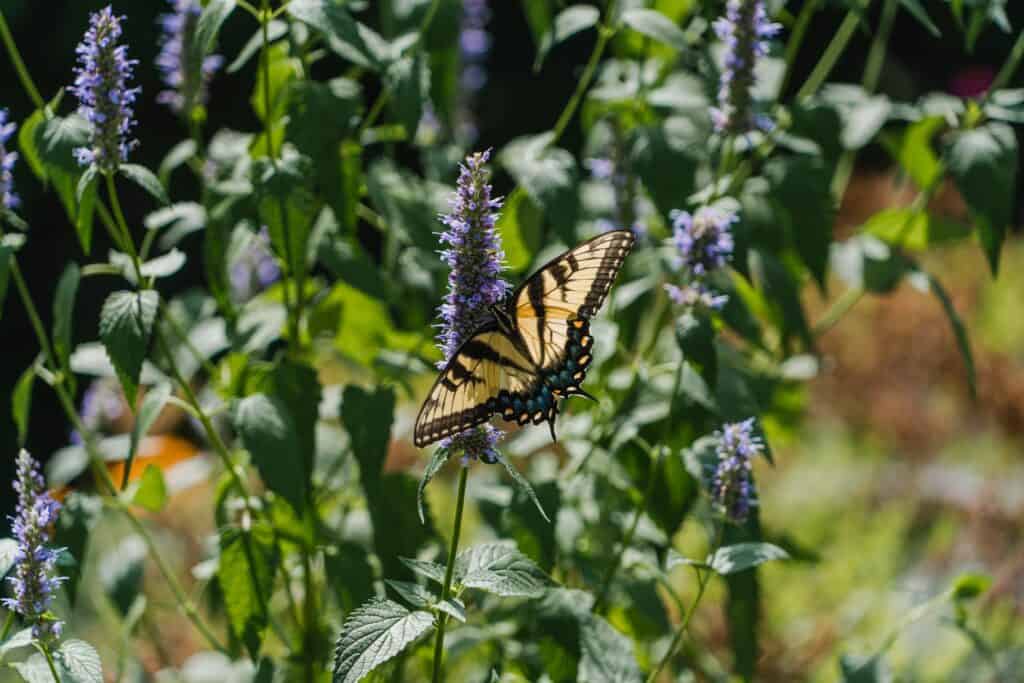Hyssop is a beautiful and aromatic herb that can add both visual and olfactory appeal to any garden. If you’re looking to grow this versatile plant, there are a few key things to keep in mind. From choosing the right location to caring for your hyssop throughout the growing season, this guide will provide you with all the information you need to cultivate a thriving hyssop plant. Learn How to Grow and Care for Hyssop with our easy to follow guide.
Hyssop (also known as holy basil) is native to Europe and Asia, where it grows wild in rocky areas. Once, it was used to treat respiratory ailments and digestive problems. Today, it’s grown commercially in California, France, Italy, Spain, Germany, Austria, Switzerland, and other countries.
Hyssop is a perennial plant that grows between two and four feet tall. Its leaves are dark green, and its flowers are white and fragrant. You can start growing hyssop indoors in late winter or early spring if you live in hot weather.
 How to Grow and Care for Hyssop
How to Grow and Care for Hyssop
Hyssop is a versatile and fragrant perennial herbaceous plant that makes an excellent addition to any garden. It’s native to the Mediterranean region and grows best in full sun and well-drained soil. If you live in a warmer climate, make sure to keep the temperature above 60 degrees Fahrenheit for optimal growth. The plant can grow up to two feet tall and has opposite, oval-shaped leaves. The flowers, which come in white, pink, red, purple, and blue, grow in clusters along the stems. Besides being a beautiful garden plant, hyssop is also useful in cooking, medicine, and perfumes. Its leaves contain essential oils that add flavor to soups, stews, and sauces or can be dried and ground into a powder for tea. With seeds that germinate within ten days or cuttings that root easily in water, hyssop is easy to propagate and maintain, making it a great option for any gardening enthusiast.
Temperature:
Hyssop prefers warmer temperatures, with an ideal range between 60 to 70 degrees Fahrenheit. It can tolerate some cold weather, but it’s best to protect the plant during winter months. In hotter climates, make sure to provide some shade during the hottest parts of the day.
Fertilizer:
Hyssop is a light feeder and does not require a lot of fertilization. However, you can provide some nutrients to the plant by adding organic matter to the soil or applying a balanced fertilizer once or twice during the growing season.
 Watering:
Watering:
Hyssop prefers well-drained soil, and overwatering can lead to root rot. Water the plant deeply once or twice a week, depending on the weather conditions. Allow the soil to dry out between watering to avoid overwatering.
Pests and diseases:
Hyssop is generally pest and disease-resistant. However, it may attract aphids, spider mites, and whiteflies. To control these pests, you can use insecticidal soap or neem oil. Hyssop can also be susceptible to root rot if the soil is too wet.
Location:
Hyssop prefers a sunny location with well-drained soil. It can also grow in rocky or sandy soil. Avoid planting hyssop in areas with high humidity or poor air circulation, as this can increase the risk of disease.
Sunlight:
Hyssop prefers full sun but can tolerate some shade. If you live in a hotter climate, provide some shade during the hottest parts of the day. If you live in a colder climate, plant hyssop in a location that receives maximum sunlight.
 Harvesting & Pruning Hyssop Plants
Harvesting & Pruning Hyssop Plants
Harvesting and pruning are essential tasks in maintaining a healthy and productive hyssop plant. Here are some tips for properly harvesting and pruning your hyssop plant:
Harvesting:
- The best time to harvest hyssop leaves is in the morning after the dew has dried, but before the sun gets too hot.
- Use a pair of sharp scissors or pruning shears to cut the stem about 1/3 down from the top.
- You can harvest individual leaves or whole stems, depending on your needs.
- Hyssop leaves can be used fresh or dried. To dry them, tie them in small bundles and hang them upside down in a cool, dry place.
Pruning:
- Pruning is important for keeping your hyssop plant healthy and bushy.
- You should prune your hyssop plant at least once a year, preferably in the spring when new growth begins.
- Use a pair of sharp scissors or pruning shears to cut back the stems by 1/3 to 1/2 of their length. This will promote new growth and prevent the plant from becoming too leggy.
- Remove any dead, diseased, or damaged stems as soon as you notice them.
- Regular pruning will help keep your hyssop plant in good shape and encourage it to produce more leaves and flowers.
What we love from Amazon this week
Buy these wonderful flowers directly from Amazon:















